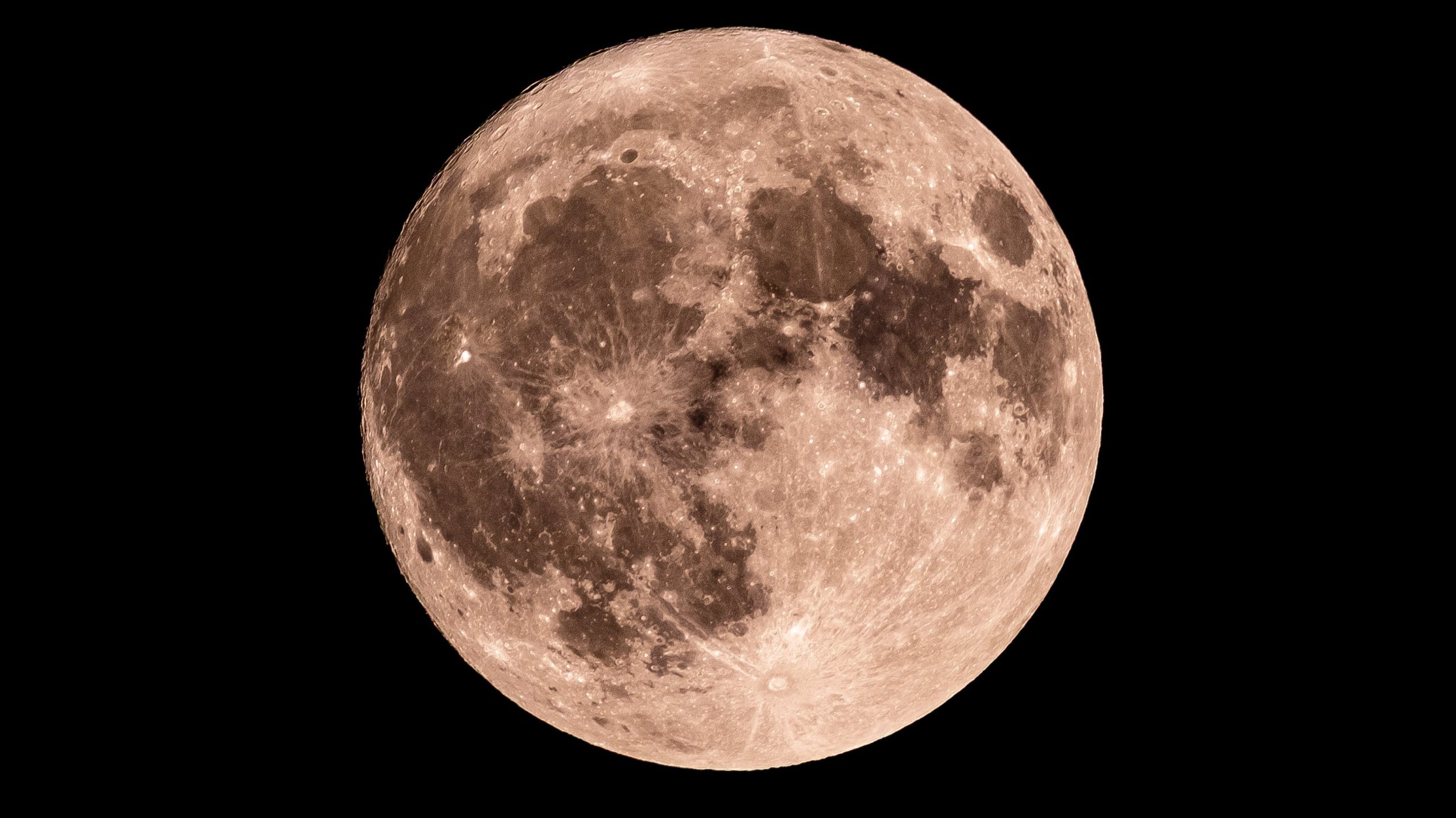Ancient moon volcanoes made tiny glass beads. Heres what they mean.

Tiny glass beads brought back by NASA‘s Apollo 17 astronauts are helping scientists uncover new clues about how the moon erupted billions of years ago.
No one expected these glittering bits among the gray lunar dust back then. The beads, smaller than grains of sand, formed when ancient lunar volcanoes spewed molten rock. That rock quickly cooled and hardened into smooth glass in the cold vacuum of space.
Now, using modern tools that weren’t available a half-century ago following the mission, researchers have zoomed in closer than ever before to look at what’s stuck on the outside of those glass beads. They found a kind of mineral powder — so fine you need microscopes to see it — formed as the beads flew through giant gas clouds during the fiery eruptions.
These surface coatings reveal how the environment around the moon’s volcanoes changed over time, according to a new study published in the journal Icarus. Instead of just confirming that lunar eruptions happened, the Brown University-led research provides insight into how they played out, layer by layer, crystal by crystal. The findings suggest the moon had a much more dynamic history of volcanoes, with evolving gas chemistry, temperature, and pressure changes, than previously known.
“It’s like reading the journal of an ancient lunar volcanologist,” said Ryan Ogliore, a Washington University in St. Louis professor, in a statement.
Credit: Katharine Robinson and G. Jeffrey Taylor / Nature Geoscience 2014
The shimmery beads blasted out of the moon’s interior when the moon was still young, about 3.3 to 3.6 billion years ago.
As lava shot into the airless sky, it quickly cooled into smooth droplets of glass. Some came out shiny orange; others formed in glossy black. Because of their origins, the beads have colors, shapes, and chemical compositions unlike anything found on Earth. But the very existence of the beads is evidence that the moon had explosive eruptions — akin to the fire fountains seen in Hawaii today, Ogliore said.
“The beads are tiny, pristine capsules of the lunar interior,” he added.
Unlike some older lunar samples, these delicate beads were protected from reacting with Earth’s air to avoid contamination. The researchers particularly focused on black glass beads collected from a part of the moon called the Taurus-Littrow Valley, a site on the southeastern edge of the Sea of Serenity, formed after a large object smashed into the moon eons ago.
Credit: T.A. Williams et al. / Icarus 2025 diagram
The most common mineral found in the coatings was sphalerite, containing zinc, sulfur, and iron. The bottom of the micro-buildup was richer in iron, meaning it likely formed earlier when things were hotter and denser. The upper parts formed later, as things cooled down.
The scientists found that the black beads had a lot more of these zinc-and-sulfur minerals on them compared to orange beads analyzed in earlier samples taken from the same area. That difference hints that the gas clouds were thicker or hotter at the time when the black beads formed.
To probe the samples, the team used a high-energy ion beam to break apart tiny bits of the material, allowing scientists to measure their chemical makeup. They also used other advanced techniques, such as atom probe tomography and electron microscopy.
“We’ve had these samples for 50 years, but we now have the technology to fully understand them,” Ogliore said. “Many of these instruments would have been unimaginable when the beads were first collected.”
Mashable







